How to identify erosion, deposition, and weathering
Identify Erosion, Deposition, and Weathering
70
STEPS
TOOLS

First, lets identify some examples of erosion!
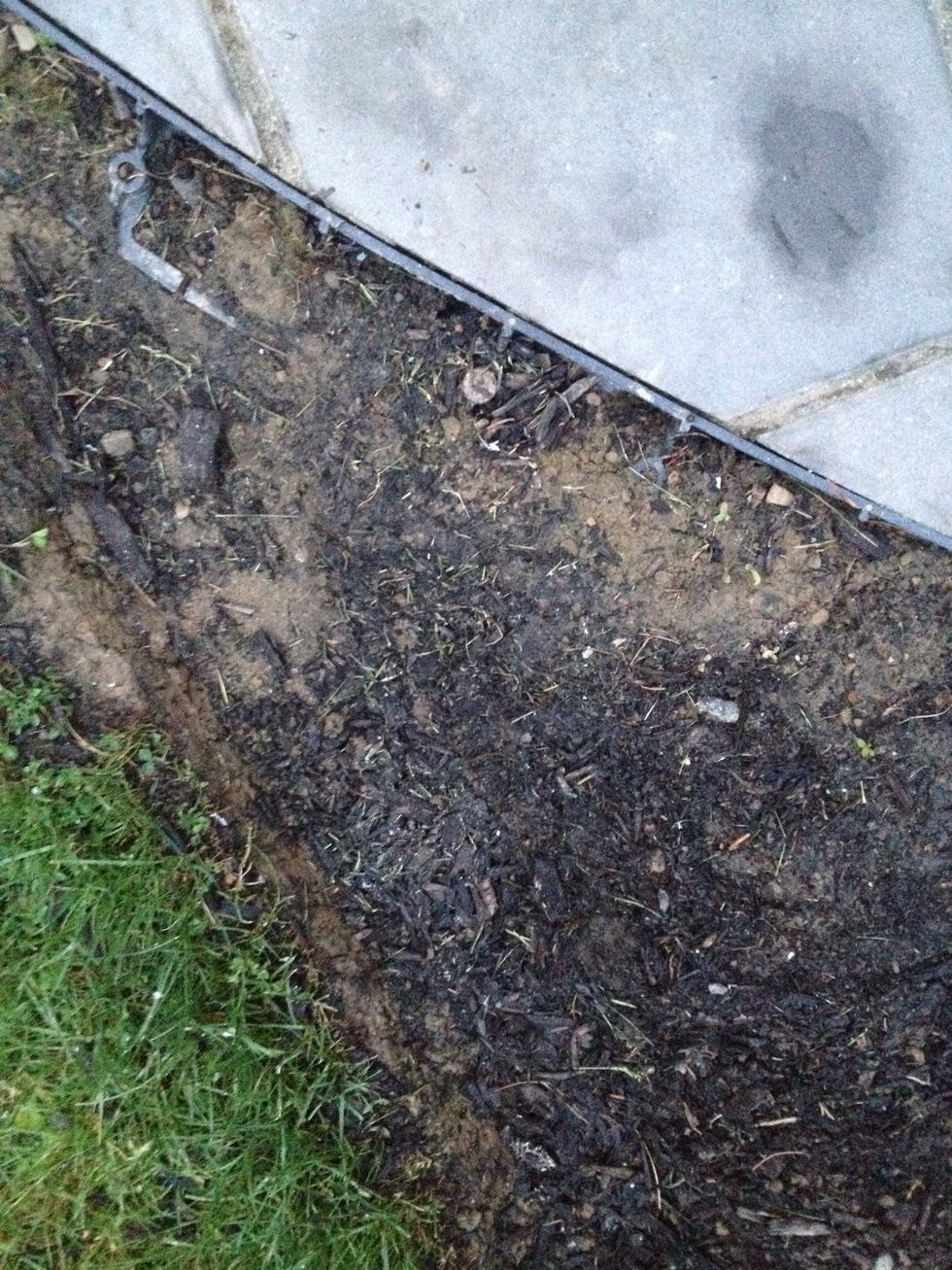
This is an example of erosion. Due to water, the mulch on the mulch bed has gotten worn down and washed away.
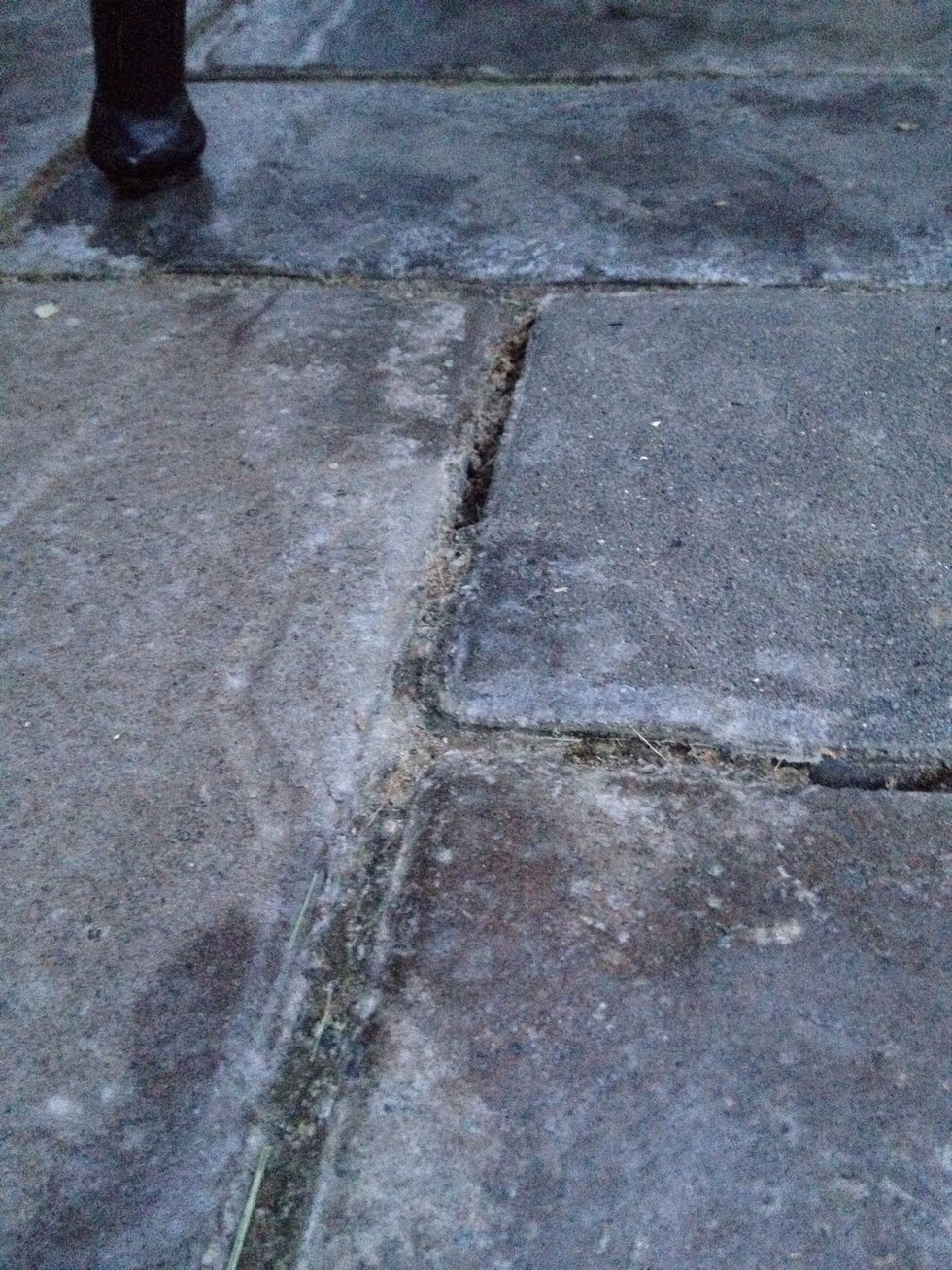
This is an example of erosion. Over time the rock has been worn down by water and has eventually disappeared.
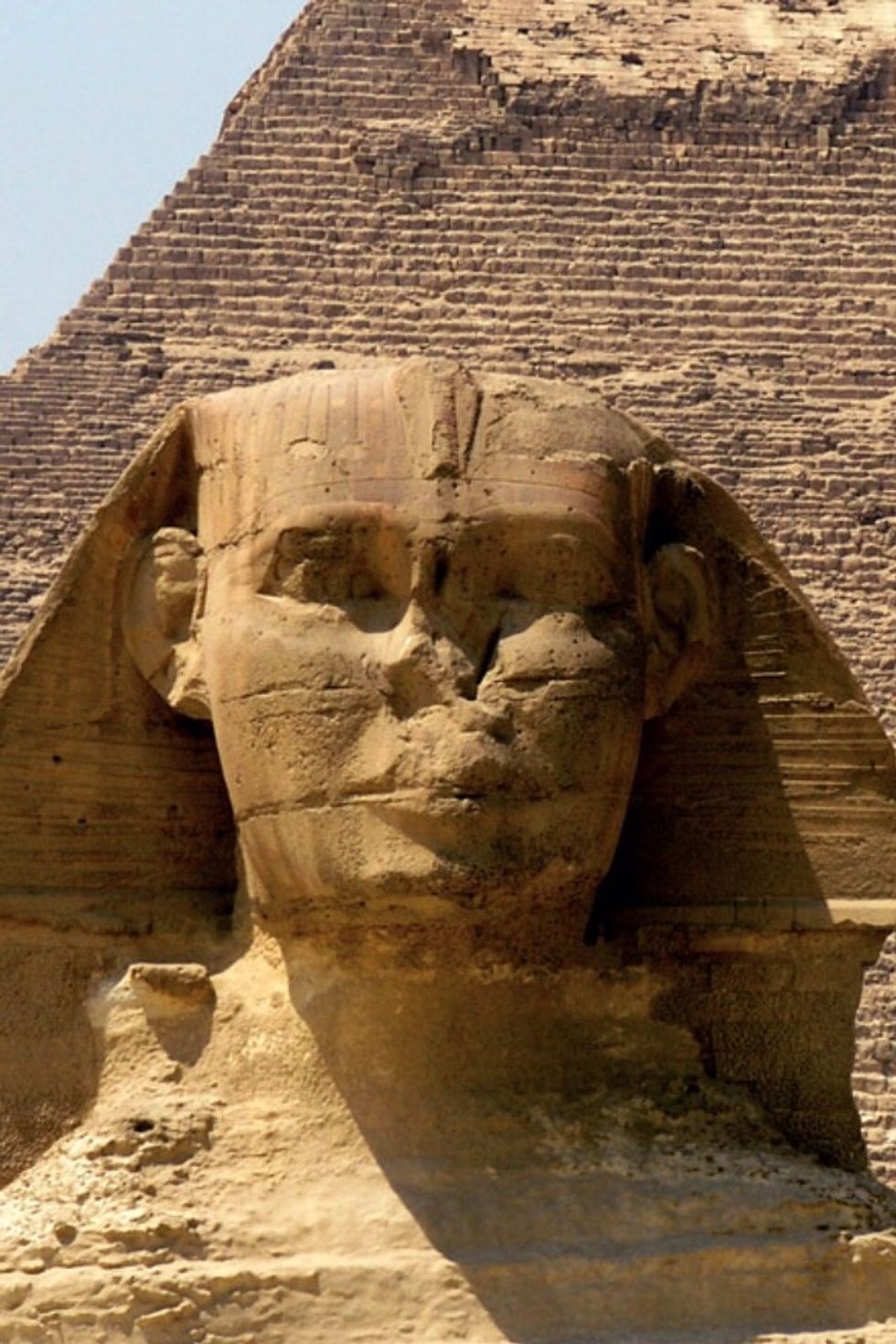
This is an example of erosion. Over time, sand particles and water have made this statue look not as pleasant as it used to. It wore down the face into a different shape.
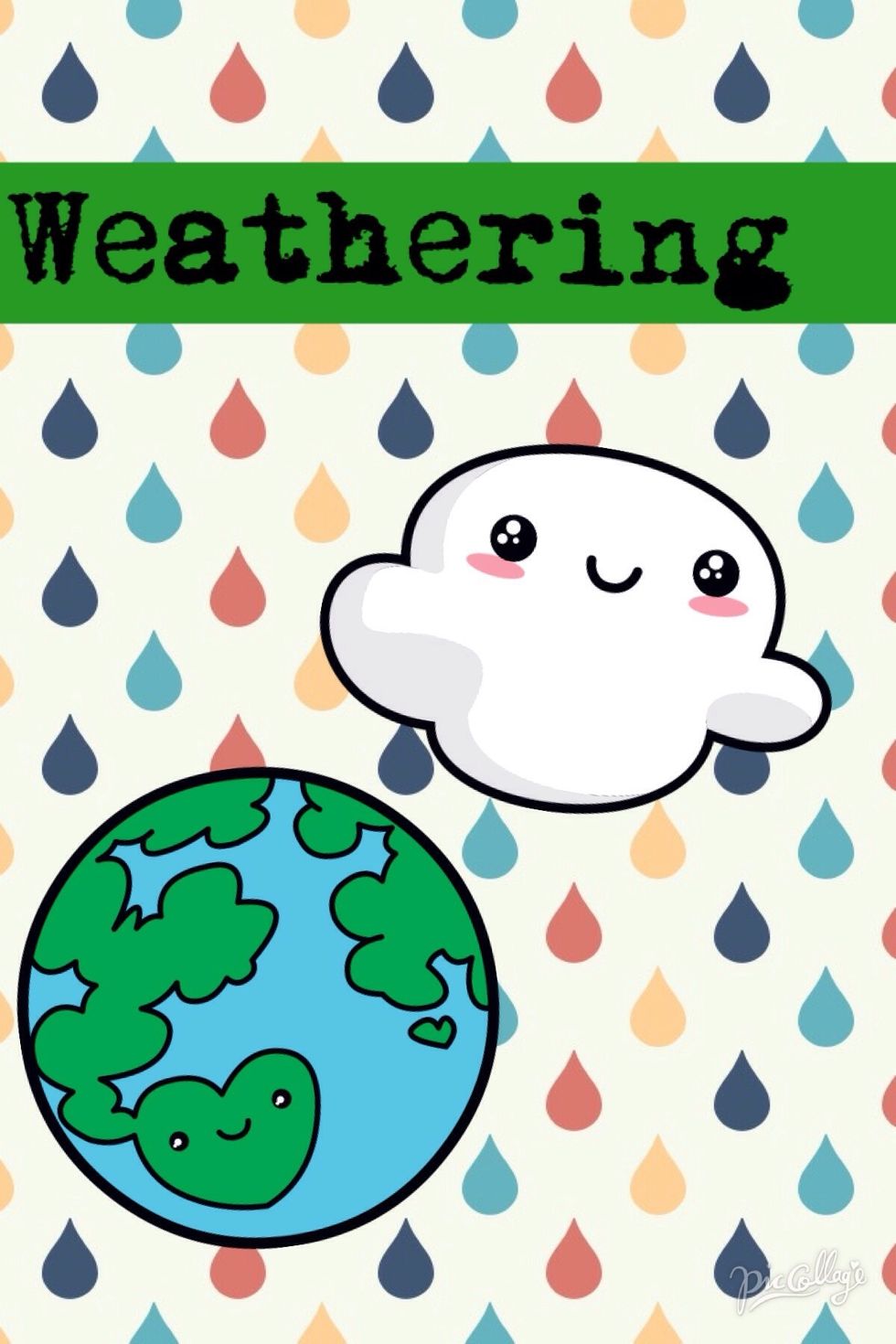
Now let's move on to weathering!
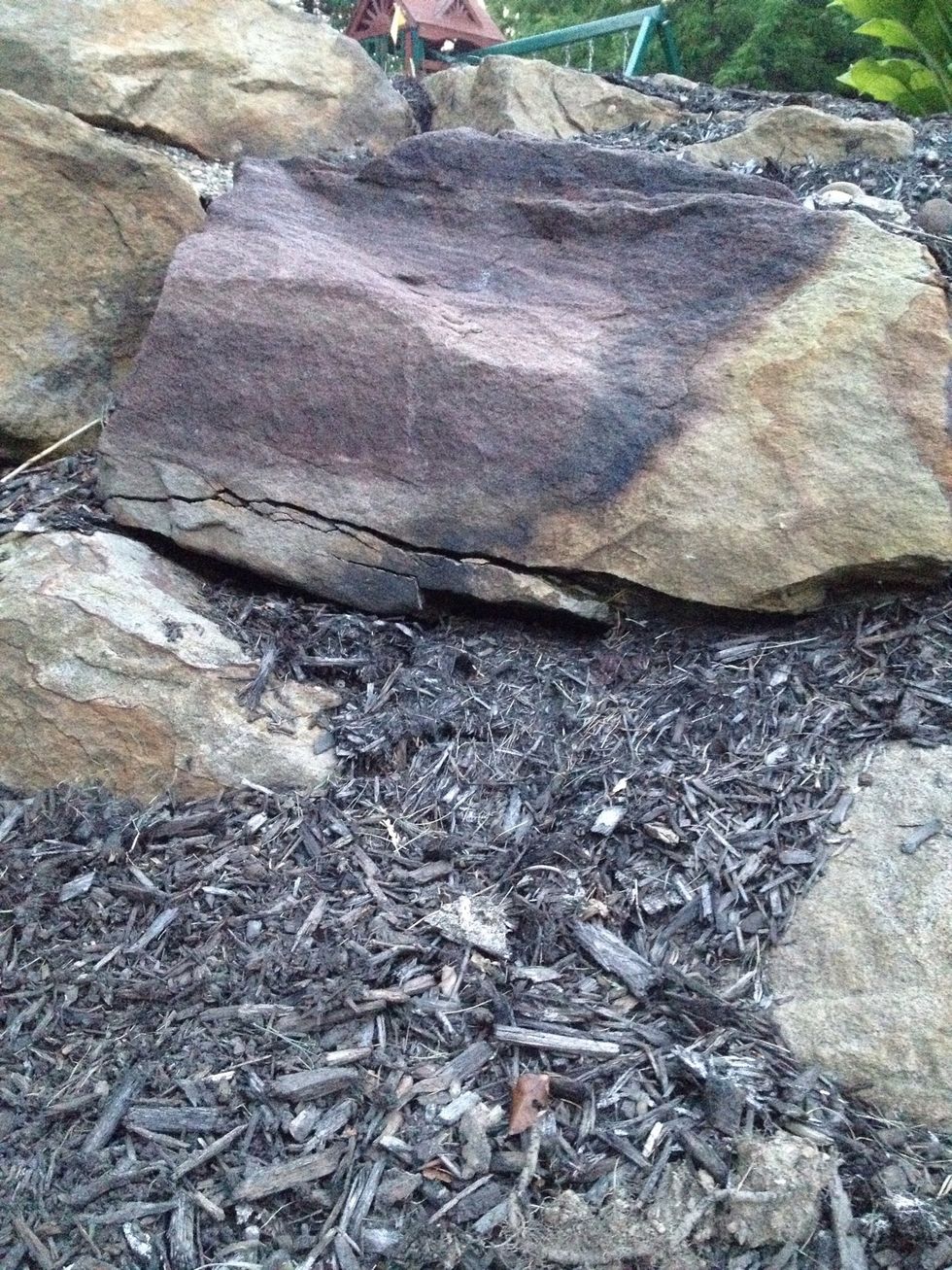
This is an example of weathering. Over time water and other rocks have broken down this large rock into smaller pieces.
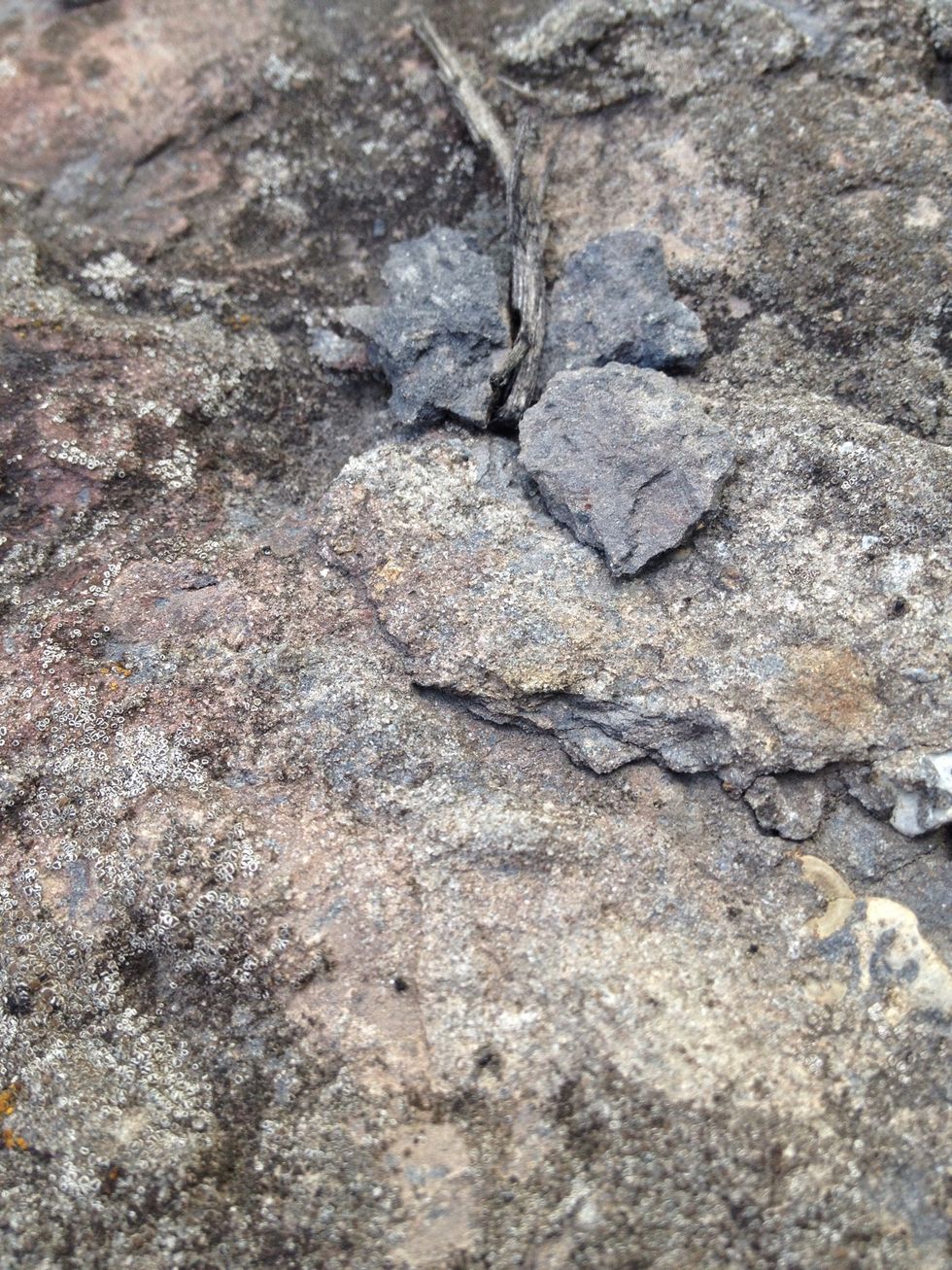
This is an example of weathering. Over time, other rocks and water have broken down this large rock and created small pieces of rock
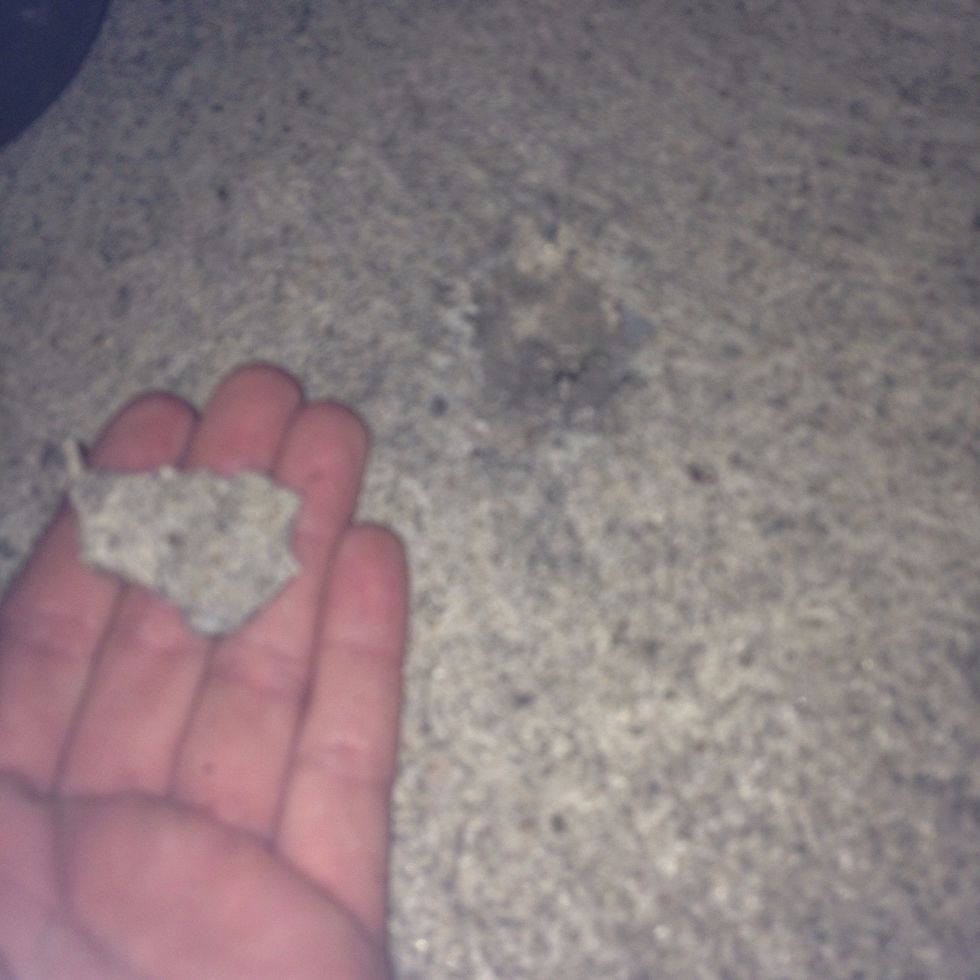
This is an example of weathering. Over time, water and weight constantly falling and pressing on the sidewalk caused it to break into smaller pieces than its original form.

And finally deposition!
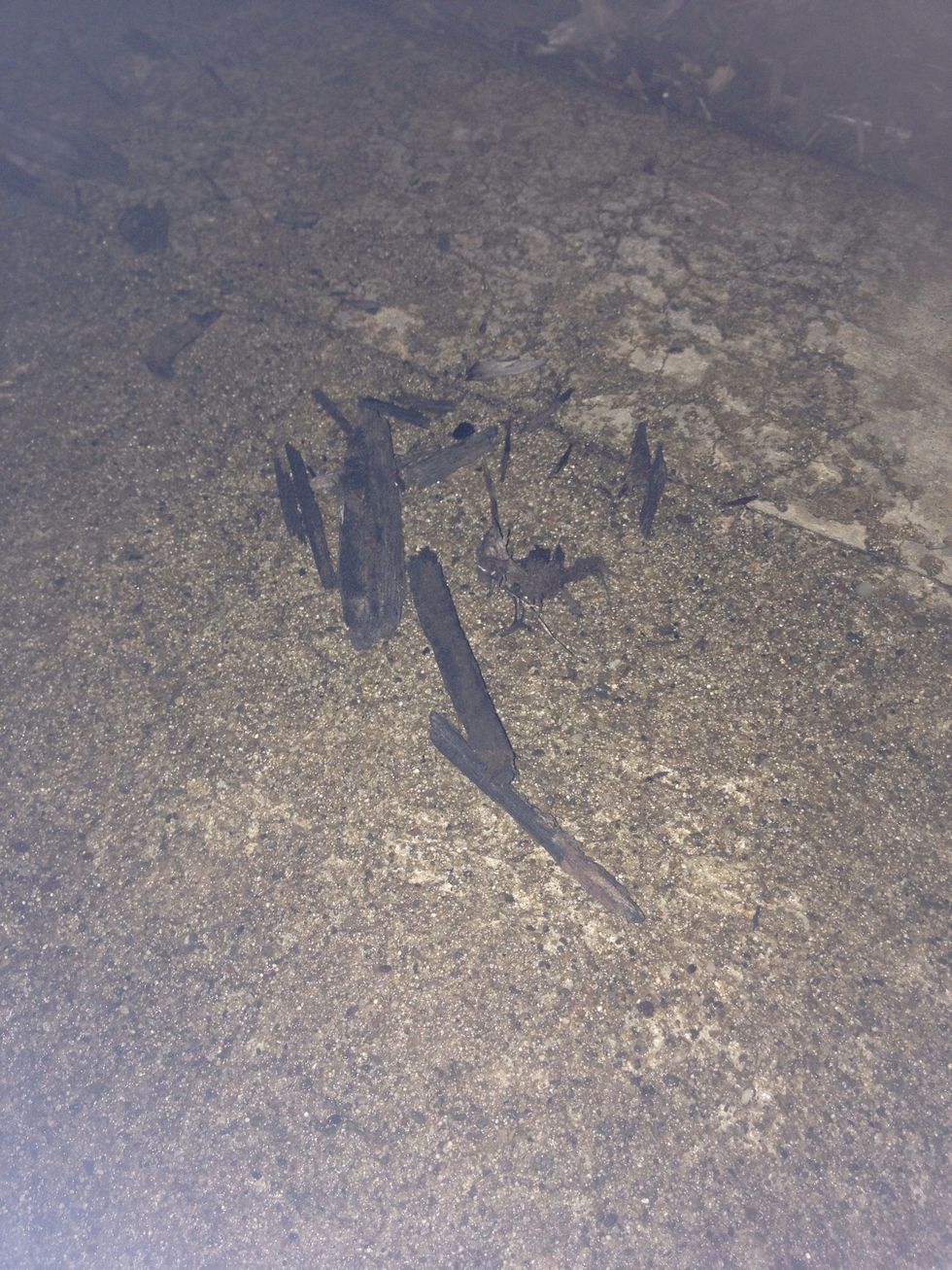
This is an example of deposition. Due to water and possibly wind, pieces of dirt have transported onto the sidewalk.

This is another example of deposition. Due to wind, the sand is blown into a new location.
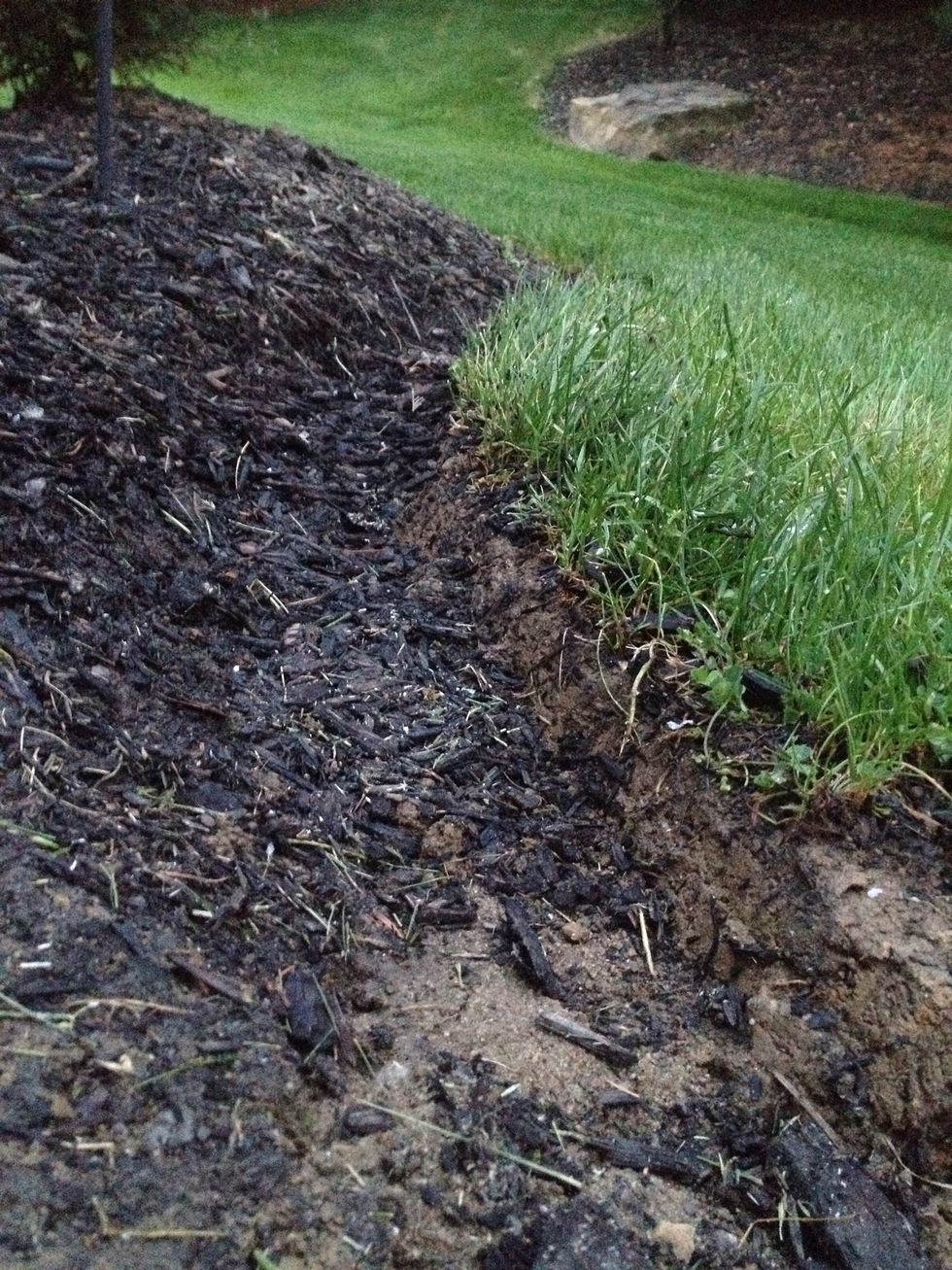
After the mulch was eroded it went through deposition. Due to water, the mulch got washed away and sent to a new location.
ALL THREE!!!!!

The movement of the water in a waterfall can cause all three of these events. As the water falls it wears down the rock behind the falls. It also breaks off sediments which are then carried away.

Beaches are a common example of all three. As the tide washes in and out, sand and shells are constantly being weathered and deposited. The water can also erode higher levels of sand on the beach.
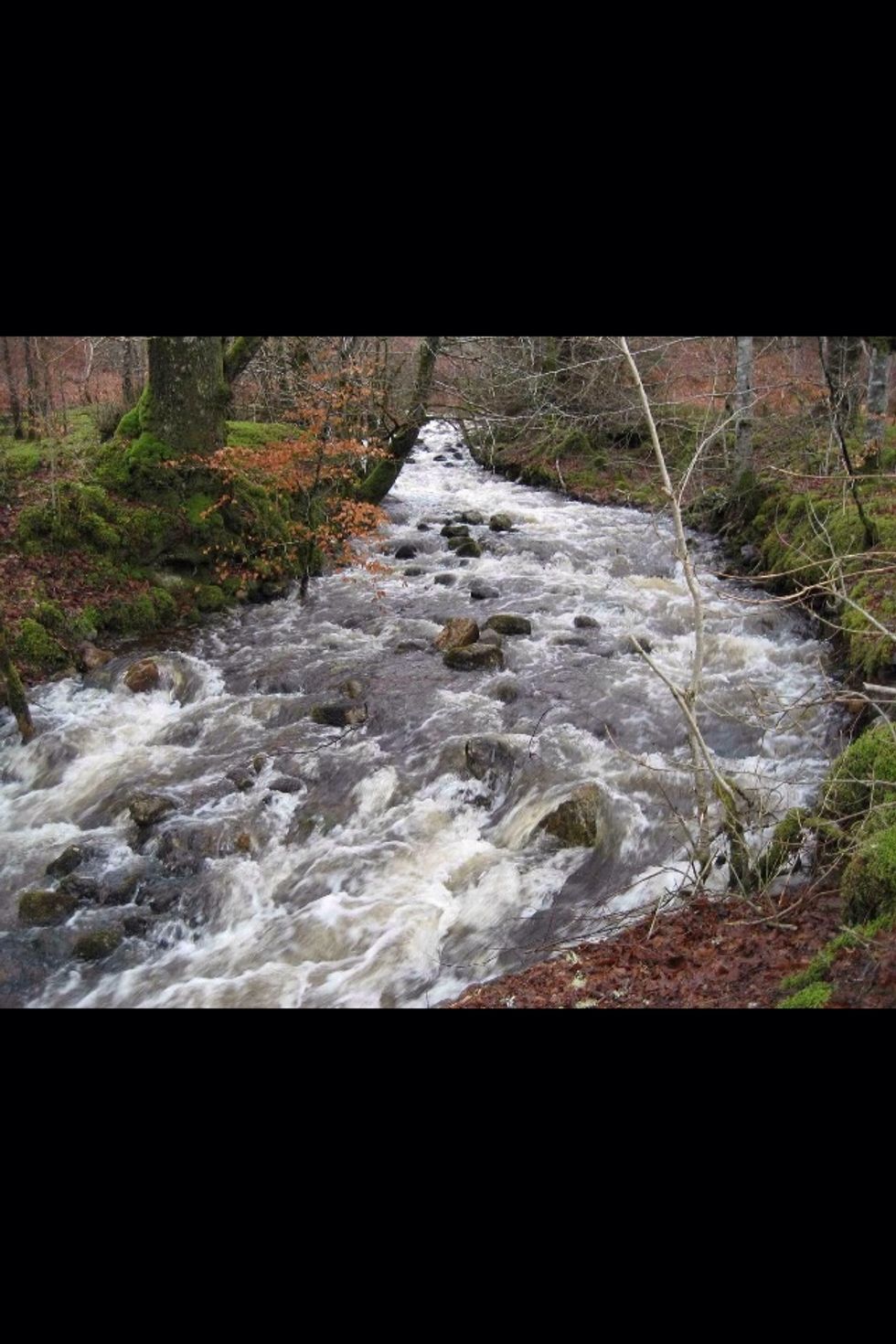
Rivers are another one of many examples of all three of the events happening. As the river flows, the sides get worn down. This can cause prices to break off. Those pieces are then carried away.
Deposition, erosion and weathering prevention.
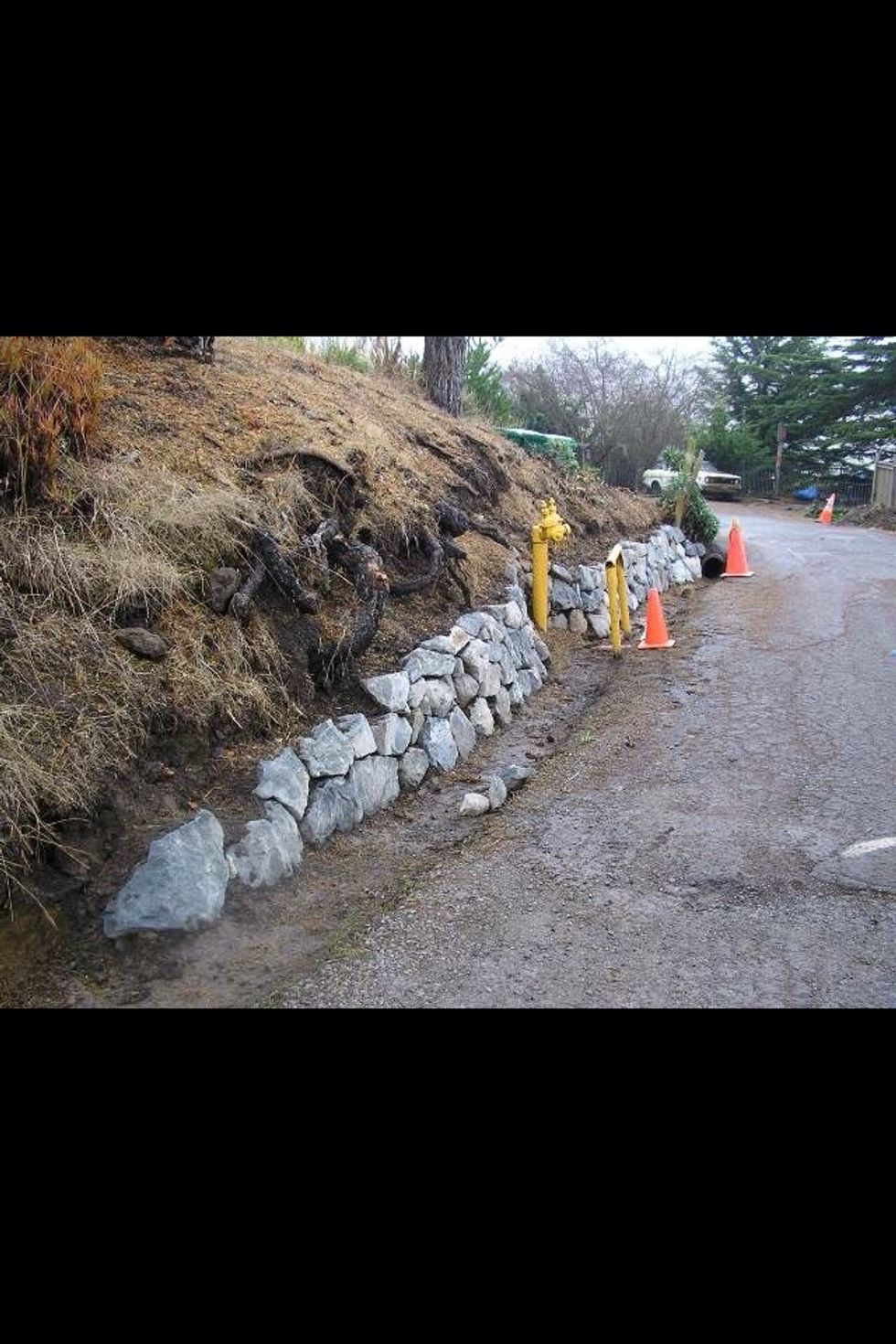
This specific example shows prevention of erosion. This wall prevents the dirt from eroding and falling onto the road.
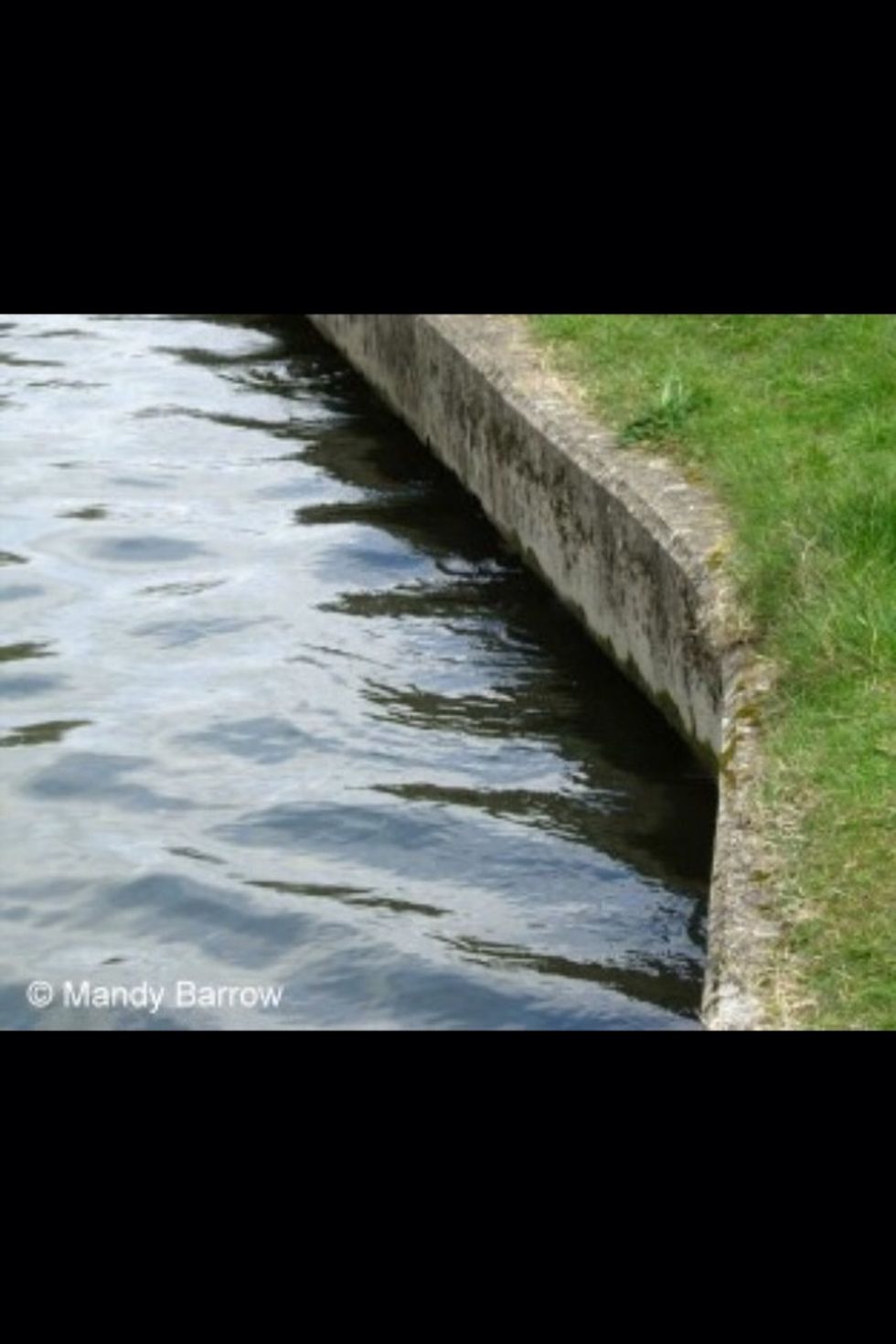
This example also shows prevention of erosion. The concrete wall prevents the edges of the river from eroding. Without the wall, the edges would become mud and eventually erode into the river.
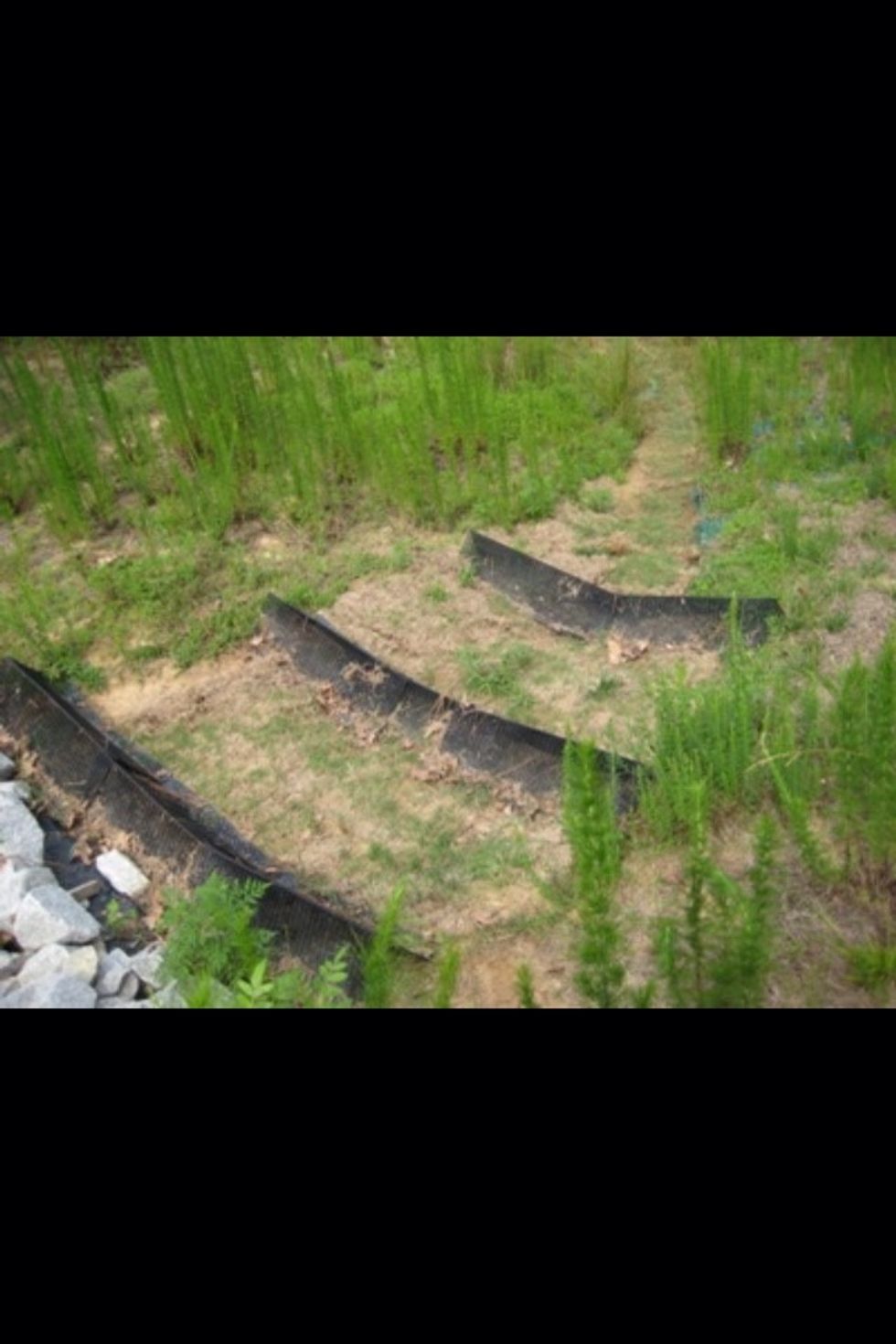
This last example of prevention prevents deposition. The "barriers" on this hillside prevents the broken down sedenents from tumbling down the hill (going through deposition).
The creator of this guide has not included tools
The Conversation (0)
Sign Up